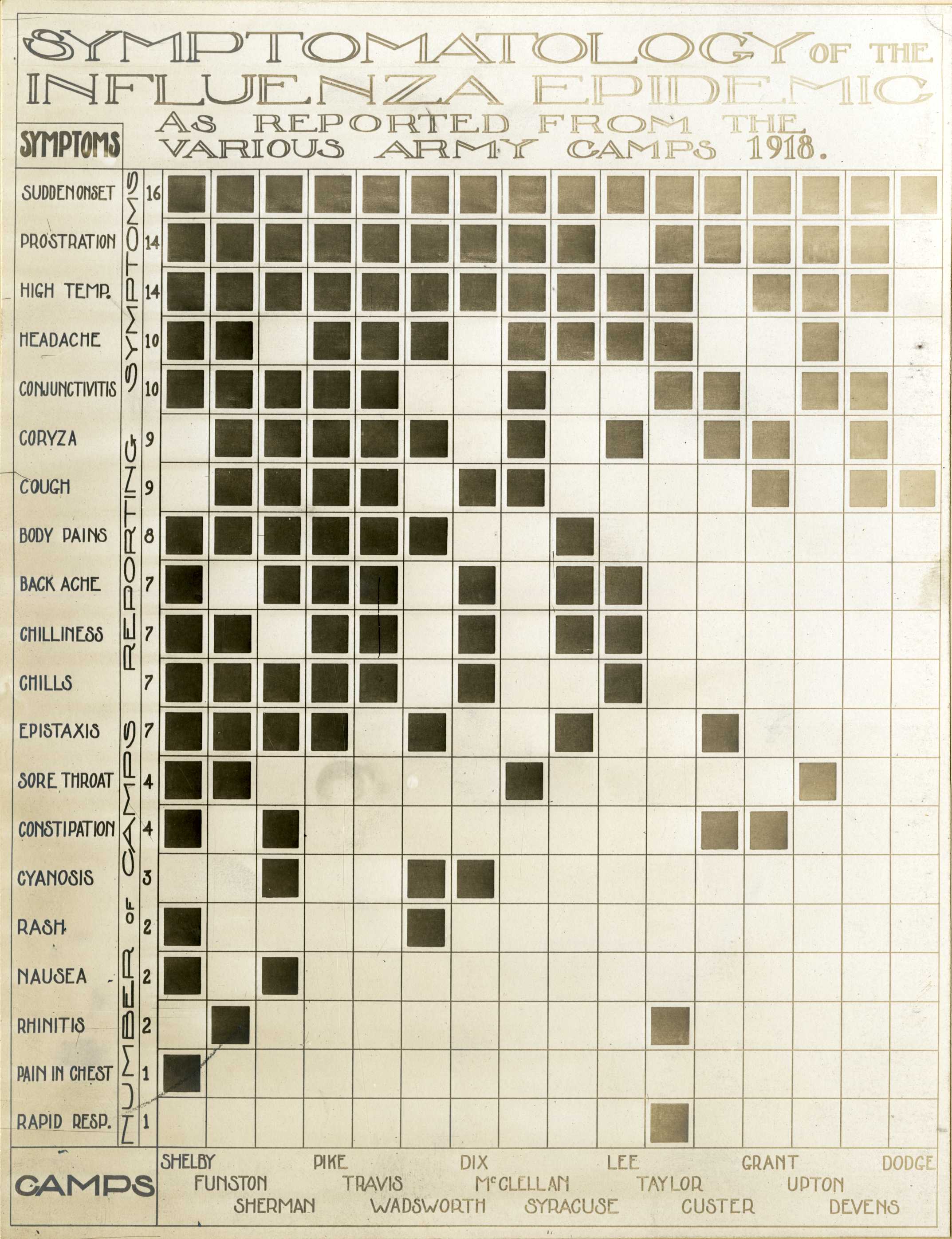
Photo from academic.microsoft.com
In many health studies, researchers are interested in estimating the treatment effects on the outcome around and through an intermediate variable. Such causal mediation analyses aim to understand the mechanisms… Click to show full abstract
In many health studies, researchers are interested in estimating the treatment effects on the outcome around and through an intermediate variable. Such causal mediation analyses aim to understand the mechanisms that explain the treatment effect. Although multiple mediators are often involved in real studies, most of the literature considered mediation analyses with one mediator at a time. In this article, we consider mediation analyses when there are causally non-ordered multiple mediators. Even if the mediators do not affect each other, the sum of two indirect effects through the two mediators considered separately may diverge from the joint natural indirect effect when there are additive interactions between the effects of the two mediators on the outcome. Therefore, we derive an equation for the joint natural indirect effect based on the individual mediation effects and their interactive effect, which helps us understand how the mediation effect works through the two mediators and relative contributions of the mediators and their interaction. We also discuss an extension for three mediators. The proposed method is illustrated using data from a randomized trial on the prevention of dental caries.
Journal Title: Statistical Methods in Medical Research
Year Published: 2018
Link to full text (if available)
Share on Social Media: Sign Up to like & get
recommendations!